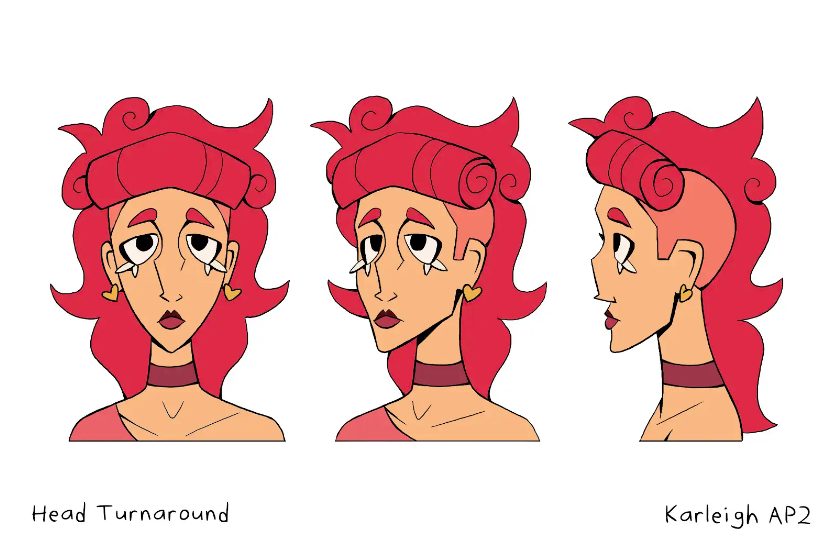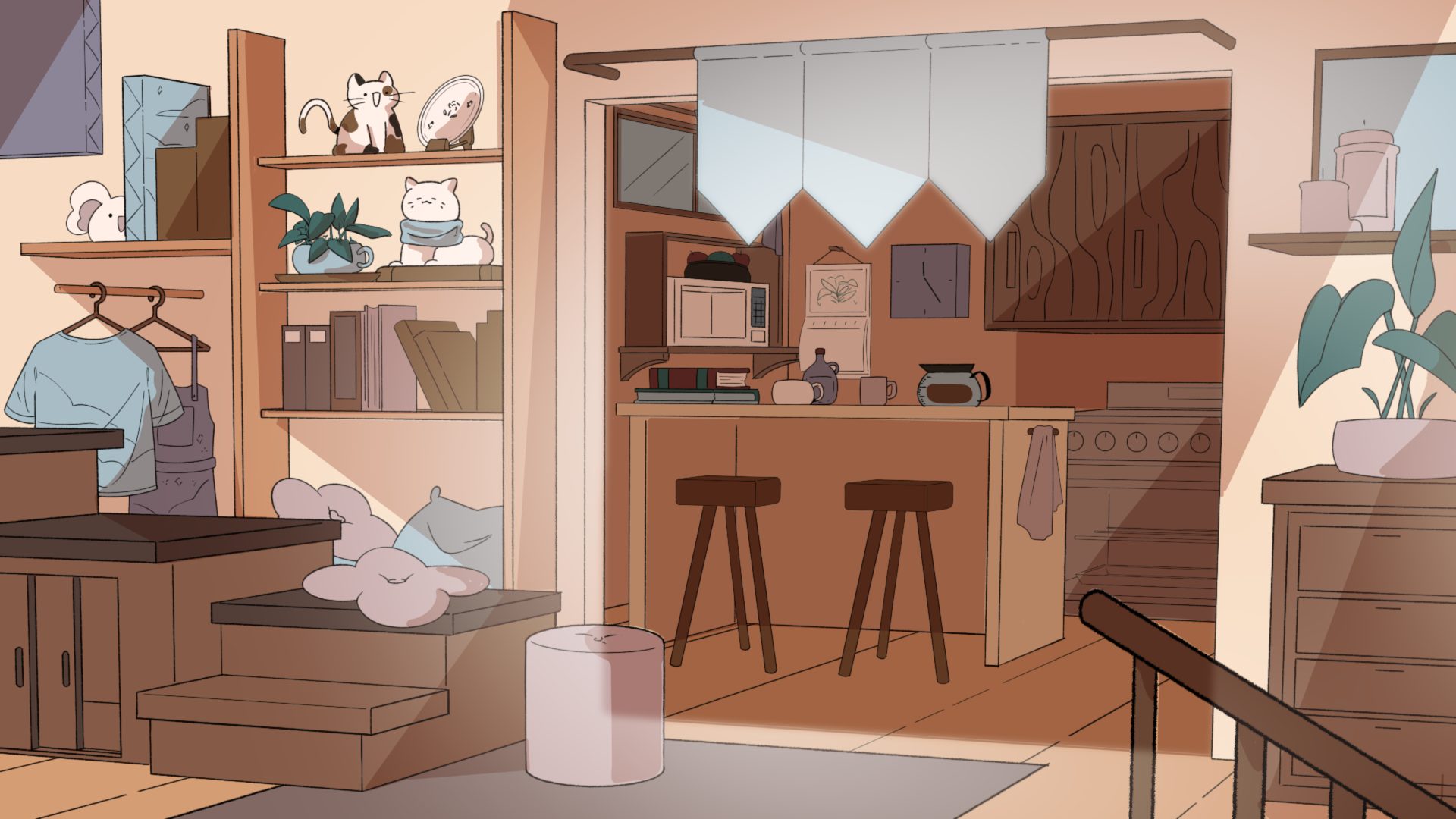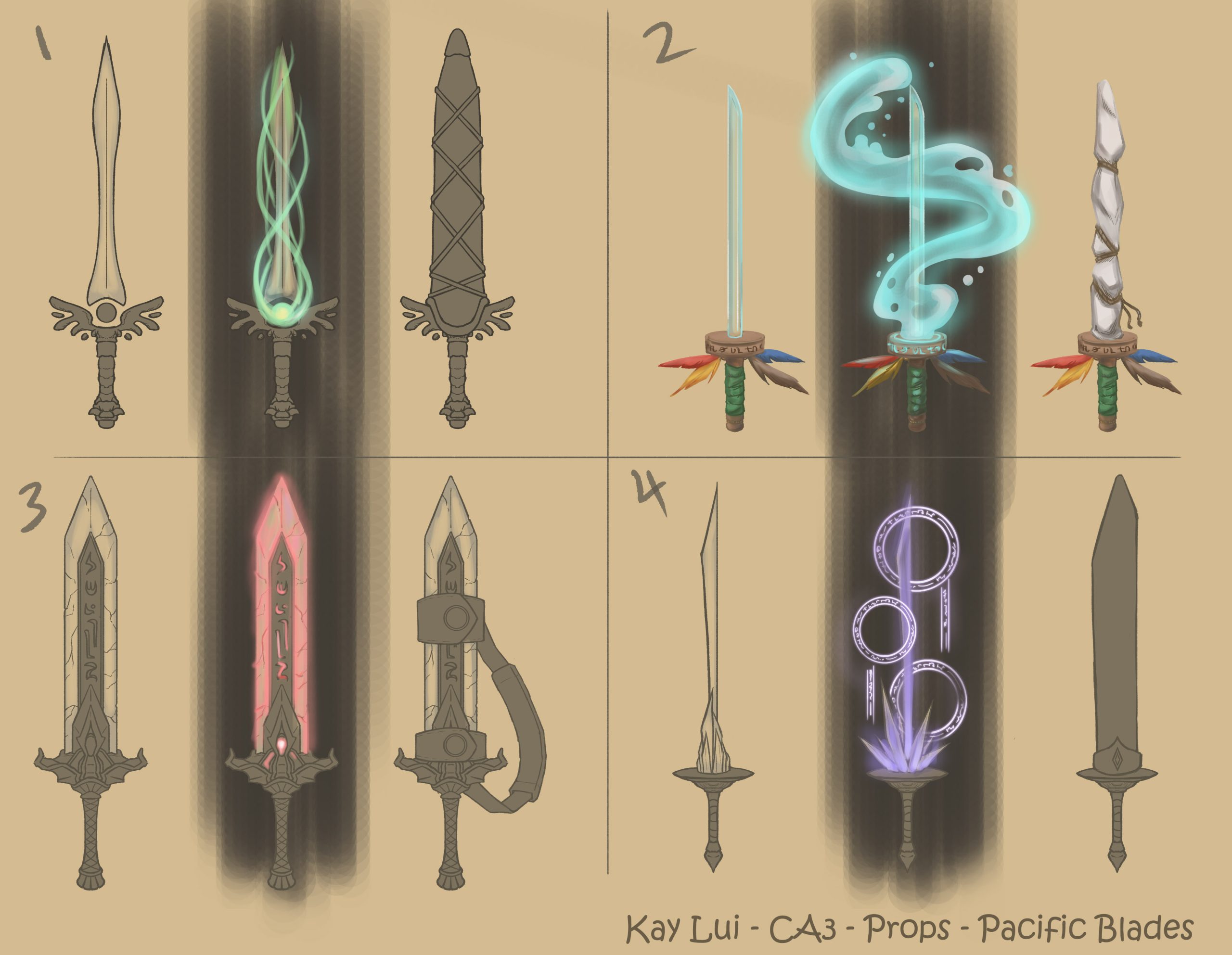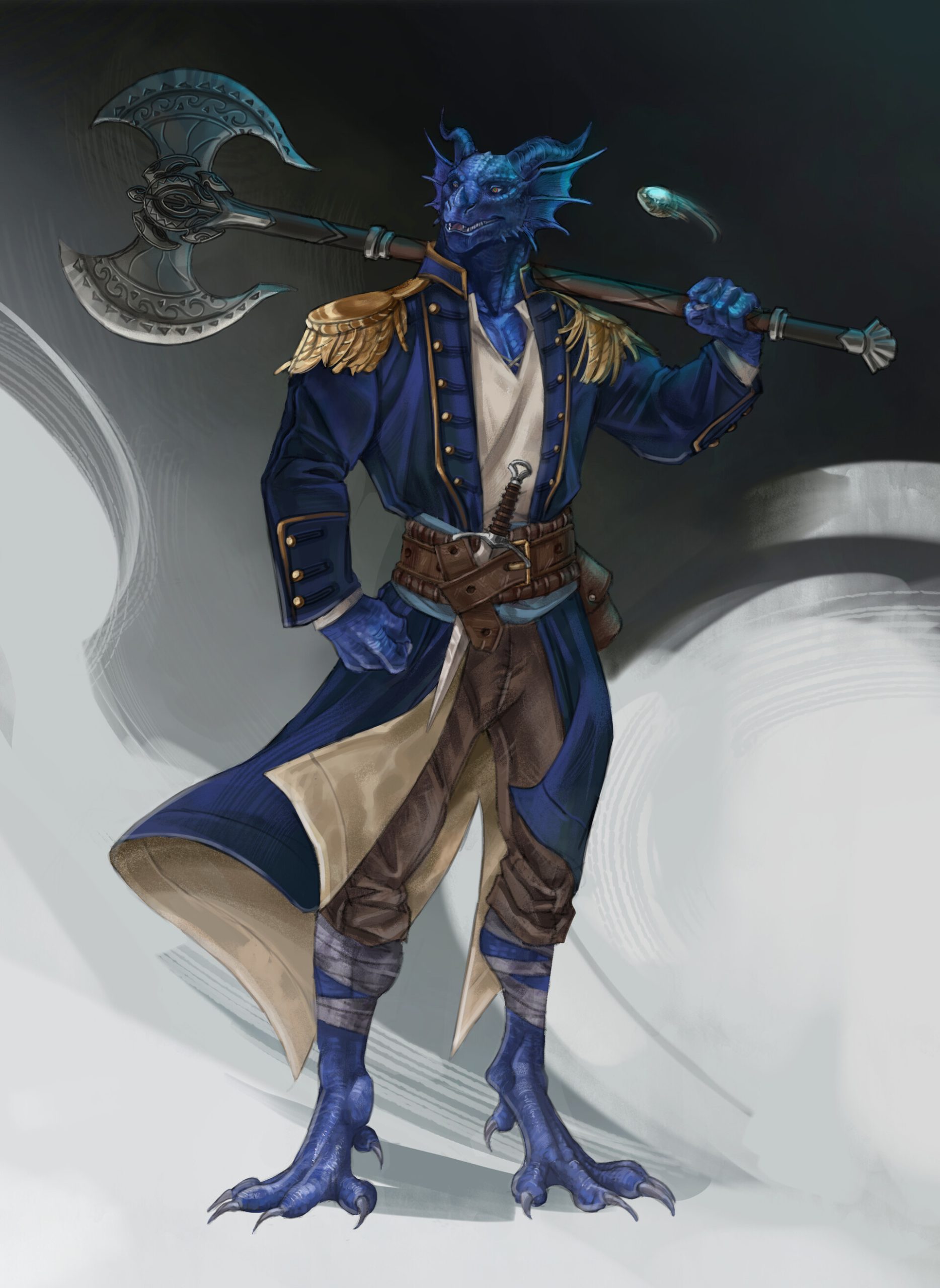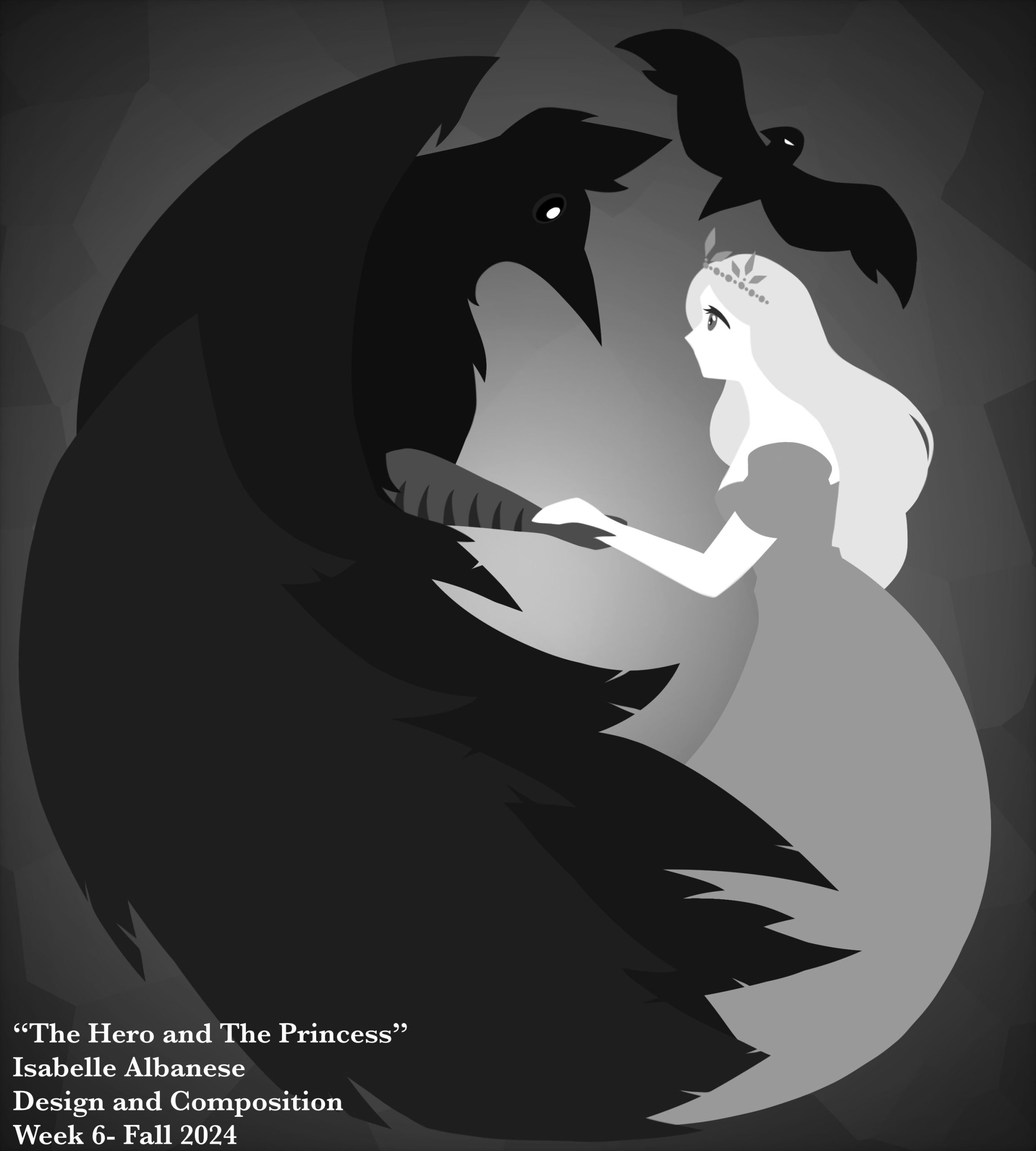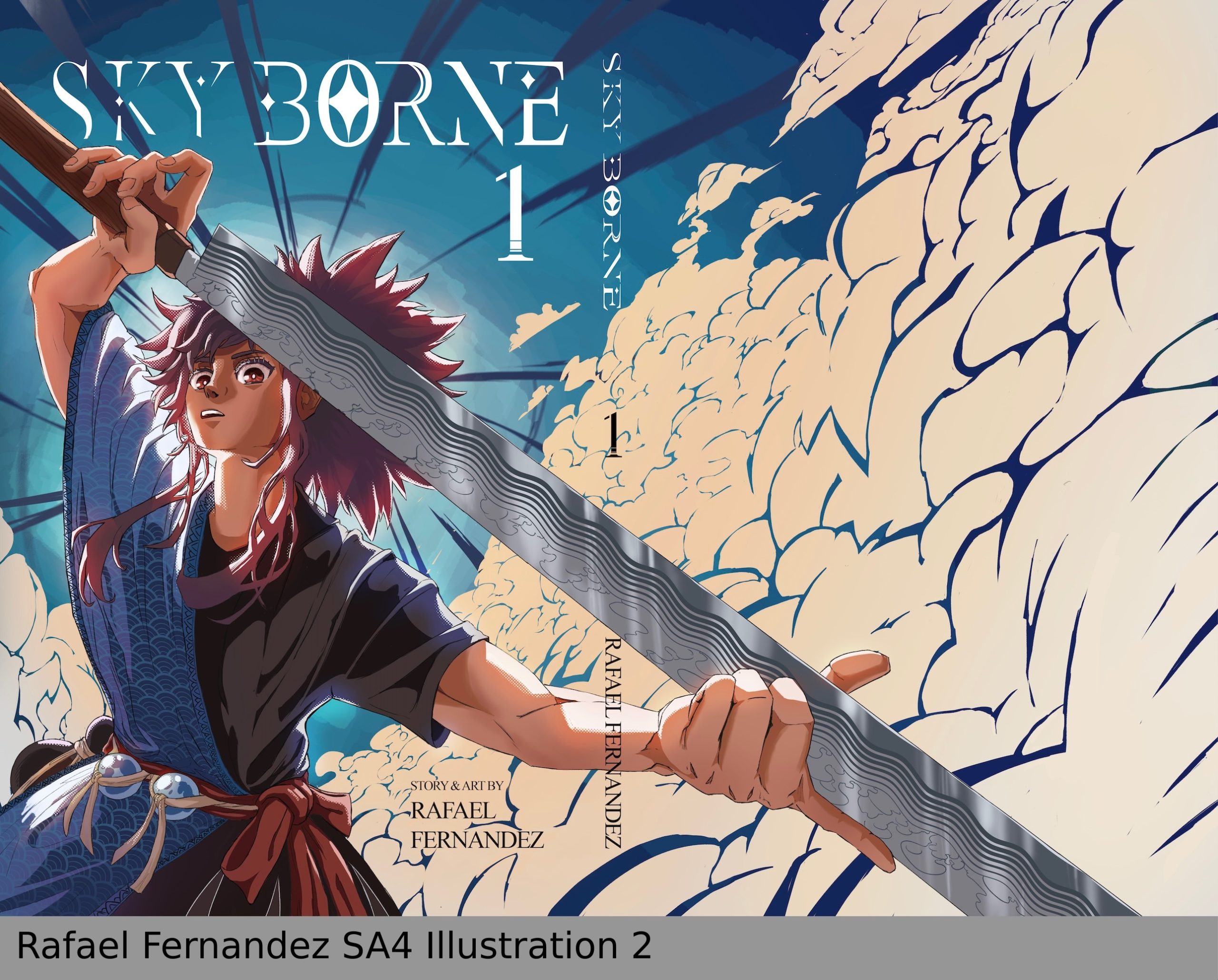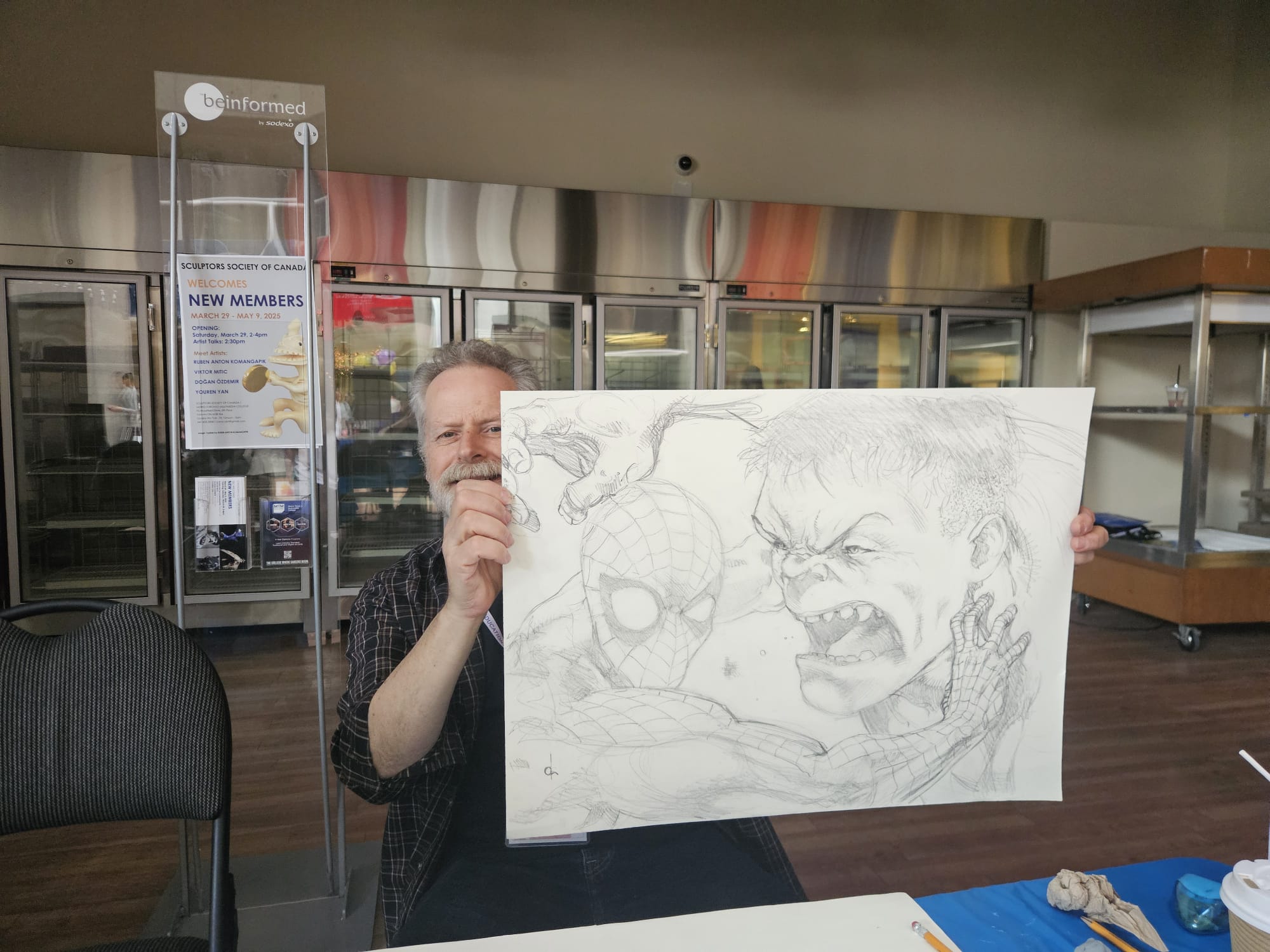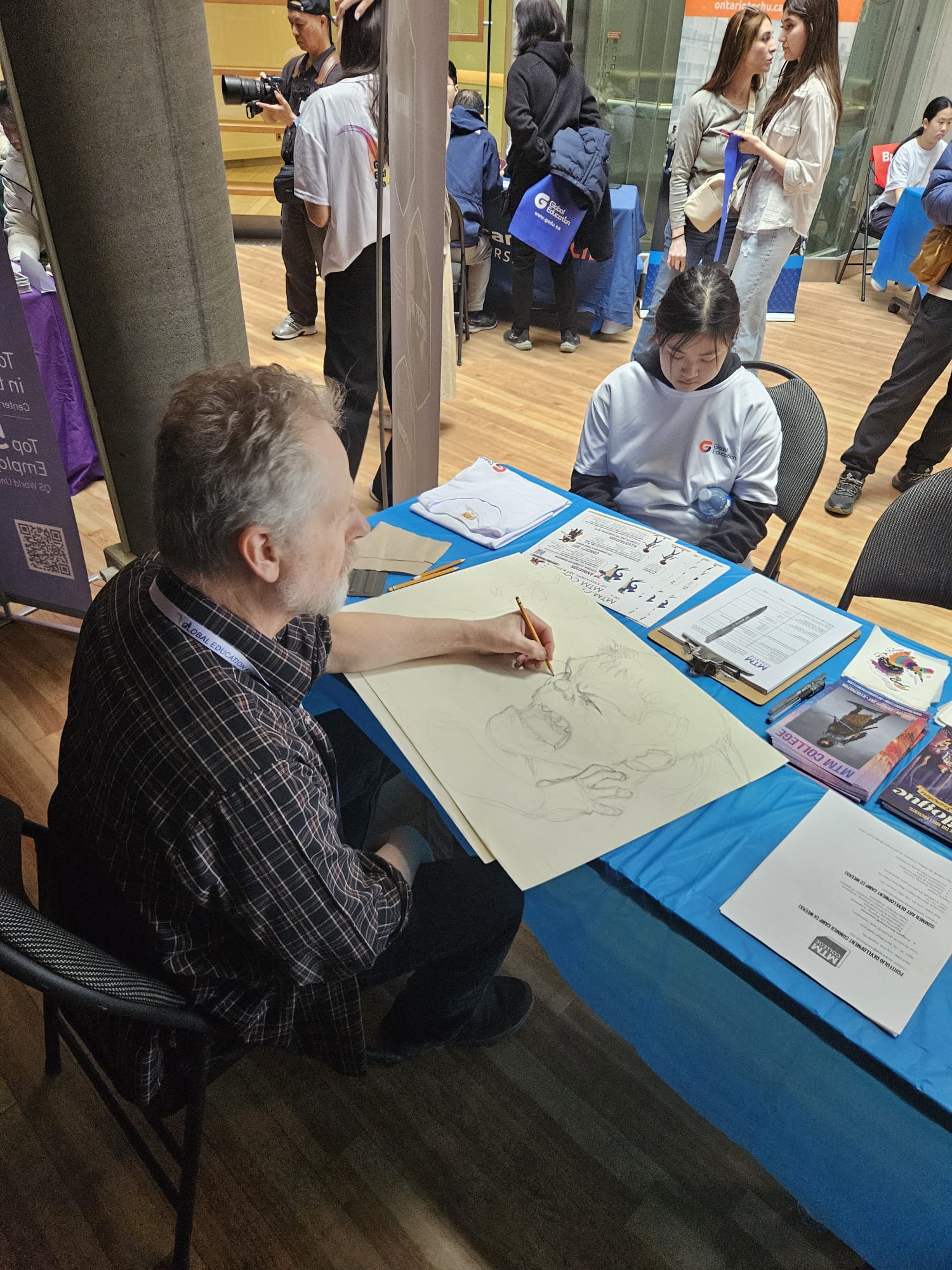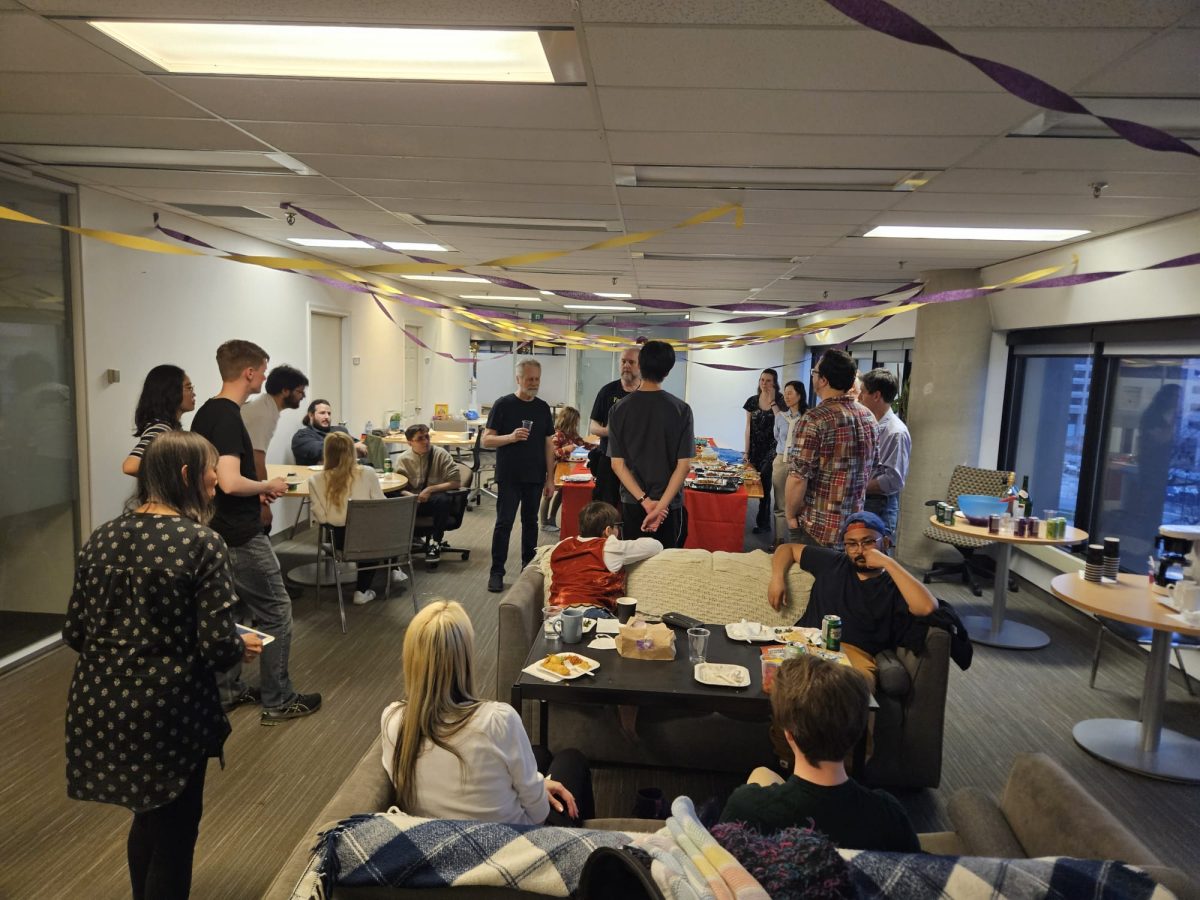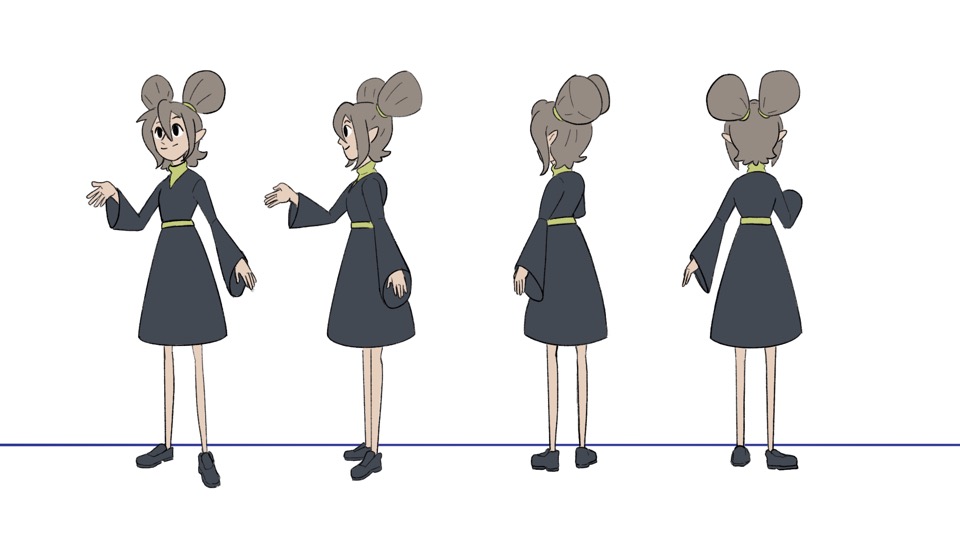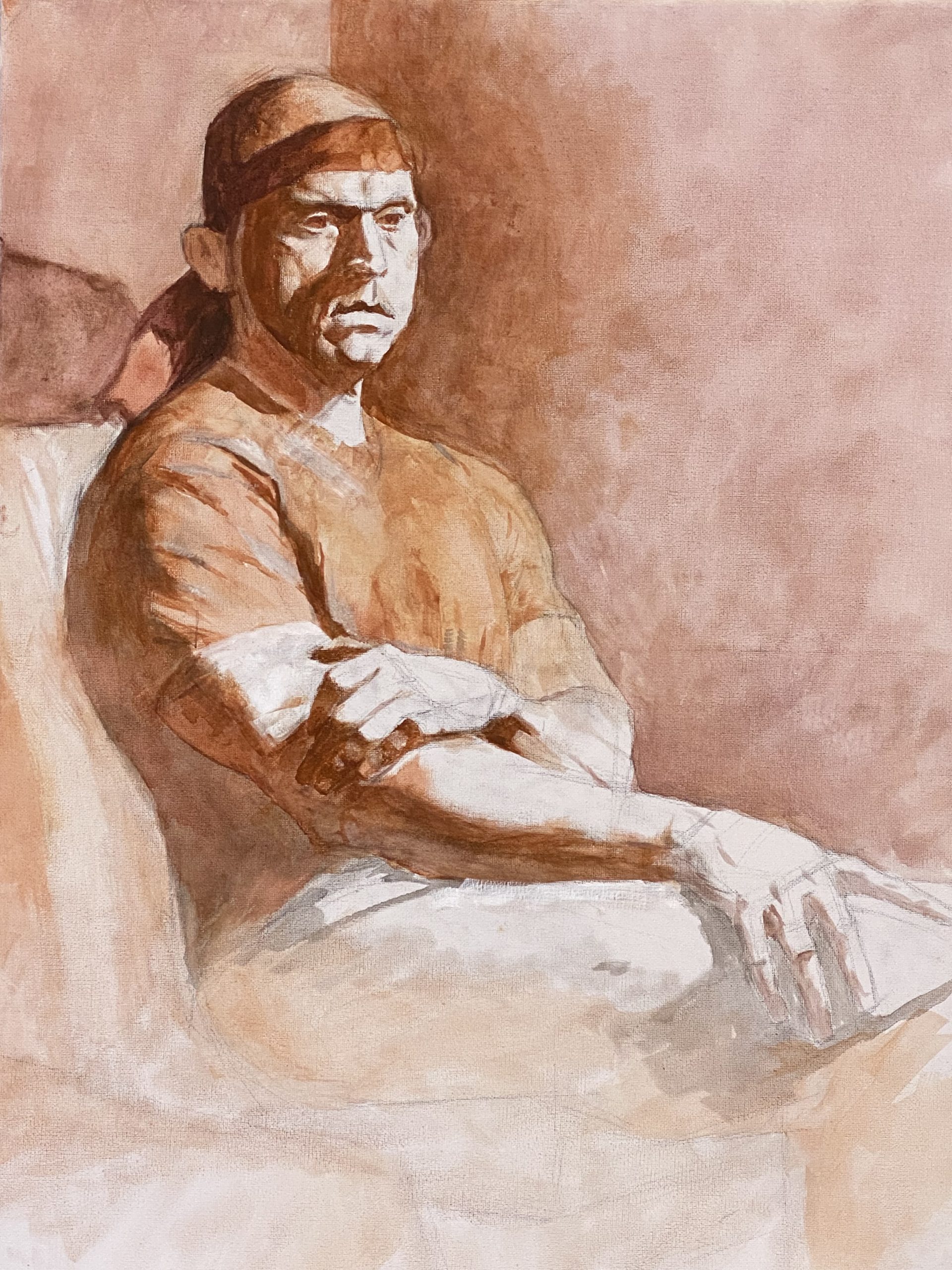From the earliest days of film and digital animation, including the Ray Harryhausen classic films, and digital games, like 1993’s Doom, creature design has been a central process on which the success of the entire project can hinge.
If there is anything in common with Harryhausen’s Cyclops, Doom’s monsters and even the Clickers who prowl in ‘The Last of Us’, it is that, despite being unlike anything we’ve ever seen, they are believable, relatable and potentially real.
That means a concept artist for creature designs needs a fairly wide-ranging skill set to create thoroughly realistic, yet previously unimagined creatures to capture the audience’s imagination.
Among many others, that skill set would include the following.
1.Ability to draw both humans and animals, and an understanding of basic anatomy and structure for both
Audiences will only fear or fall in love with a fantasy creature they can relate to. That means, to be both realistic and relatable, fantasy creatures should be inspired by real-world creatures.
2.A Practical Imagination
Designers are usually brought in early in the story and script development and their designs may influence the storyline. Concept artists need to be able to take verbal directions and come up with designs. Sometimes the artist is given a story or character brief that may only be a few sentences long. Where does he or she go from here?
3.Research & Reference Gathering
If the direction was to create a creature that lives inhabits a rocky terrain. An understanding of that terrain. And the physical attributes the creature would need to live there is needed before design can begin.
4.The Process
Now the artist starts doing rough thumbnails of as many creatures as come to mind. From here, the concept artist narrows down the possibilities to a few ideas that he/she develops further. At this point. The 2 or 3 choices may be shared with the Art Director for approval and/or suggestions before settling on a final design that will be fully developed.
5.Traditional Drawing Skills
Traditional drawing and painting skills help give understanding and direction to what you’re trying to accomplish on digital 3D platforms.
Creature design is just one element of the Concept Art Diploma program at Max the Mutt College of Animation, Art & Design.
